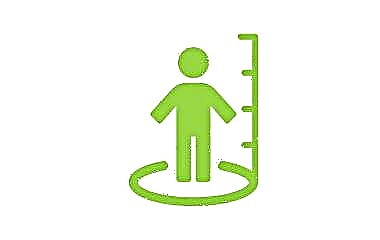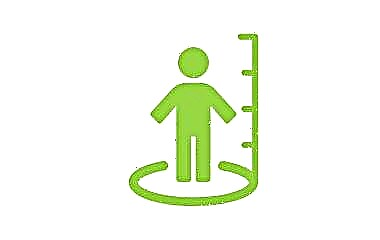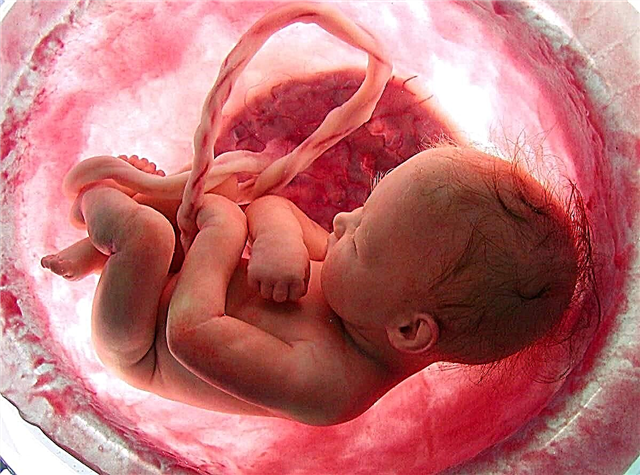
Not long ago, poliomyelitis was a serious problem around the world, causing epidemics with frequent deaths. The beginning of vaccination against the virus that causes this disease has helped to reduce the incidence, therefore, doctors call the vaccination against poliomyelitis one of the most important in childhood.
Why is poliomyelitis dangerous?
Most often, the disease appears in childhood under five years of age. One of the forms of the course of poliomyelitis is the paralytic form. With her, the virus that causes this infection attacks the child's spinal cord, which is manifested by the appearance of paralysis. Most often, babies paralyze the legs, less often the upper limbs.
In severe infections, exposure to the respiratory center can result in death. Such a disease can be treated only symptomatically, while in many cases the child does not recover completely, but remains paralyzed until the end of his life.

Dangerous for children and the fact that there is a virus carrier of poliomyelitis. With it, a person does not develop clinical symptoms of the disease, but the virus is excreted from the body and can infect other people.
Types of vaccines
The drugs that are used to vaccinate against polio are presented in two options:
- Inactivated poliomyelitis vaccine (IPV). There is no live virus in such a preparation, therefore it is safer and practically does not cause side effects. The use of this vaccine is possible even in situations of decreased immunity in a child. The drug is injected intramuscularly into the area under the scapula, into the thigh muscle or into the shoulder. This vaccine is called IPV for short.
- Live poliomyelitis vaccine (oral - OPV). It includes several types of weakened live viruses. Because of the way it is administered (by mouth), this vaccine is called oral and is abbreviated as OPV. This vaccine is presented as a pink liquid with a salty-bitter taste. It is applied in a dose of 2-4 drops to the palatine tonsils of the child so that the drug gets on the lymphoid tissue. It is more difficult to calculate the dosage of such a vaccine, therefore its effectiveness is lower than that of the inactivated version. In addition, a live virus can be shed from a child's intestines in feces, posing a danger to unvaccinated children.
In the video, Dr. Komarovsky talks about vaccination: what reactions and complications can occur in babies after vaccination.
oad ">
The inactivated vaccine is offered in the form of Imovax polio (France) and Poliorix (Belgium).
The polio vaccine can also be included in combination vaccines, which include:
- Pentaxim;
- Tetraxim;
- Infanrix Hexa;
- Tetracock 05.
Contraindications
IPV is not administered when:
- Acute infections.
- High temperature.
- Exacerbations of chronic pathologies.
- Skin rash.
- Individual intolerance, including reactions to streptomycin and neomycin (they are used to produce the drug).
OPV is not given if the child has:
- Immunodeficiency.
- HIV infection.
- Acute illness.
- Oncopathology.
- A disease that is treated with immunosuppressants.
Pros and cons
The main positive properties of polio vaccination are called the following:
- The polio vaccine is highly effective. The introduction of IPV stimulates persistent immunity to the disease in 90% of vaccinated children after two doses and in 99% of children after three vaccinations. The use of OPV induces the formation of immunity in 95% of babies after three doses.
- The incidence of adverse reactions following polio vaccination is very low.

Cons of such vaccinations:
- Among domestic drugs, there are only live vaccines. All inactivated drugs are purchased abroad.
- Although rare, a live vaccine can cause a disease - vaccine-associated poliomyelitis.
Adverse reactions
The most common adverse reactions to IPV administration, occurring in 5-7% of children, are changes in the injection site. It may be hard, red, or tender. It is not required to treat such changes, since they go away on their own in one or two days.
Also, among the side effects to such a drug in 1-4% of cases, general reactions are noted - an increased body temperature, lethargy, muscle pain and general weakness. It is extremely rare for an inactivated vaccine to cause allergic reactions.
The incidence of side effects from the use of OPV is slightly higher than from the injectable form of the inactivated virus vaccine. Among them there are:
- Nausea.
- Stool disorder.
- Allergic skin rashes.
- Increased body temperature.
Possible complications
When used to vaccinate live viruses, in one in 750,000 cases, weakened vaccine viruses can cause paralysis, causing a form of polio called vaccine-associated polio.
Its appearance is possible after the first administration of a live vaccine, and the second or third vaccination can cause this disease only in immunocompromised babies. Also, one of the predisposing factors for the appearance of this pathology is called congenital pathologies of the gastrointestinal tract.
Do you have a fever after vaccination?
Vaccination against polio rarely causes reactions in the body, but in some babies, body temperature may rise 1-2 days after the IPV injection or 5-14 days after the OPV vaccine is administered. As a rule, it rises to subfebrile numbers and rarely exceeds + 37.5 ° C. Fever is not a complication of vaccination.

How many vaccinations are given for polio?
In total, in childhood, six vaccinations are administered to protect against polio. Three of them are vaccinations with pauses of 45 days, followed by three revaccinations. Vaccination is not strictly related to age, but requires adherence to the timing of administration with certain intervals between vaccinations.
For the first time, the anti-poliomyelitis vaccine is most often given at 3 months using an inactivated vaccine, and then it is repeated at 4.5 months, again using IPV. The third vaccination is given at 6 months, and the child is already being given the oral vaccine.
OPV is used for revaccinations. The first revaccination is carried out a year after the third vaccination, therefore, most often babies are revaccinated at 18 months. After two months, the revaccination is repeated, so it is usually done at 20 months. The age for the third revaccination is 14 years old.
Komarovsky's opinion
The renowned doctor emphasizes that the polio virus seriously affects the children's nervous system with frequent development of paralysis. Komarovsky is confident in the exceptional reliability of preventive vaccinations. A popular pediatrician claims that their use significantly reduces both the incidence of poliomyelitis and the severity of the disease.
Komarovsky reminds parents that most doctors have not encountered poliomyelitis in their practice, which reduces the likelihood of timely diagnosis of the disease. And even if the diagnosis is correct, the possibilities of treating this pathology are not very great. Therefore, Komarovsky advocates vaccinations against poliomyelitis, especially since there are practically no contraindications to them, and general reactions of the body are extremely rare.
For information on whether a child should be vaccinated, see the program of Dr. Komarovsky.
Tips
- Before vaccinating a child, it is important to make sure that he is healthy and that there are no contraindications to the administration of the vaccine. For this, the child must be examined by a pediatrician.
- Take a toy or other thing with you to the clinic that can distract your baby from the unpleasant procedure.
- Avoid introducing new foods to your child's diet a few days before or for a week after vaccination.
- Try not to interrupt your vaccination schedule as this will reduce your body's defense against infection.
Caution for the unvaccinated
Children who have not been vaccinated against poliomyelitis, with a decrease in immunity, can become infected from vaccinated children, because after the introduction of the OPV vaccine into the child's body, the child releases weakened viruses with feces up to one month after the day of vaccination.
To prevent infection from vaccinated children, it is important to follow the rules of hygiene, since the main route of transmission of the virus is fecal-oral.



